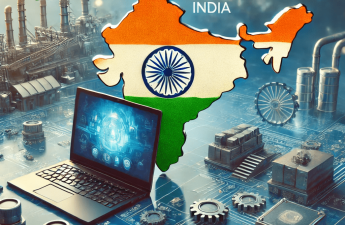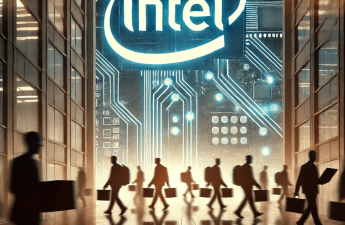Artificial Intelligence (AI) is playing an increasingly significant role in shaping modern election , transforming the way political campaigns election are conducted.
From data analytics to personalized voter outreach, AI offers powerful tools that can give political parties a competitive edge and help them win elections.
1. Data-Driven Campaign Strategy
One of the key advantages AI offers is its ability to analyze vast amounts of data quickly and efficiently. Political campaigns generate massive amounts of information, ranging from voter demographics, social media activity, historical voting patterns, to public opinion surveys.
AI can process this data to identify trends, preferences, and behavior that are essential to crafting a winning strategy.
By recognizing which demographics are most likely to support a particular party and understanding the key issues that resonate with them, AI helps parties focus their resources on the most promising areas.
2. Voter Targeting and Microtargeting
AI’s ability to deliver personalized experiences extends into political campaigns through microtargeting.
Using machine learning algorithms, parties can tailor messages to specific voter segments, delivering content that appeals directly to individuals’ preferences and concerns.
This could be done via social media, email, or other digital platforms. The more precisely targeted the messaging, the more likely voters are to feel that their concerns are being addressed, making them more inclined to support the party.
AI allows campaigns to craft tailored ads or calls-to-action for different voter groups, enhancing voter engagement and turnout.
3. Social Media Monitoring and Sentiment Analysis
AI is also valuable in monitoring public sentiment in real-time. Social media platforms like Twitter, Facebook, and Instagram are essential battlegrounds for modern elections.
AI tools can scan these platforms, analyzing the tone and content of posts to determine voter sentiment and adjust campaign messages accordingly.
Sentiment analysis powered by AI helps campaigns understand how the public is reacting to specific policies, speeches, or events, allowing them to make quick adjustments when needed.
4. Predictive Analytics and Voter Turnout Models
AI can be used to predict voter behavior more accurately than ever before.
Through predictive analytics, AI can forecast which voters are most likely to turn out, who may need additional encouragement, and which demographics may swing the election.
Armed with this information, parties can optimize their ground game, directing volunteers and resources to key areas that could determine the election outcome. Predictive models also help campaigns assess which issues will drive voter turnout and shape their strategies accordingly.
5. Chatbots and Automated Campaigning
AI-powered chatbots offer political parties a way to engage with voters at scale.
These chatbots can answer voter queries, provide information on the candidate’s policies, or encourage voter registration.
By automating mundane yet important tasks, AI allows campaigns to scale their outreach efforts efficiently while maintaining a personal touch.
Conclusion
AI is changing the political landscape, enabling parties to campaign more effectively through data-driven strategies, microtargeted messaging, and enhanced voter engagement.
As AI continues to evolve, its role in winning elections will only become more integral, helping parties understand their electorate better, predict outcomes, and efficiently deploy their resources for maximum impact.
Read about upcoming US Election 2024 Statistics and Facts here.
Thank you for reading. We hope this gives you a brief understanding of the latest news. Are you interested in reading other latest articles on Machine Learning and Data Science? Explore our Technology blogs for more.



